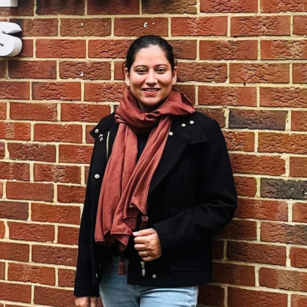When violence breaks out between Egypt’s Muslim majority and Coptic Christian minority, the Egyptian government is normally quick to deny that the motive could be sectarian. Spokesmen point to ‘foreign fingers’ that are supposedly stirring up sedition, in hopes that the file on the incident can be closed as quickly as possible and the state can resume displaying an image of Egypt as typified by ‘national unity’. This rhetorical device has been useful in the past for deflecting demands from Copts, who compose roughly 10 percent of the population, that their underlying grievances be redressed. But the government’s act has worn thin.
The latest high-profile incident, a murderous night-time attack on Coptic worshippers as they left church on January 6, the Coptic Orthodox Christmas Eve, in the Upper Egyptian town of Nag’ Hammadi, has stayed very much alive in the public consciousness. The drive-by shooting, which left six Copts and one Muslim guard dead, as well as many more wounded, was the most lethal sectarian attack in recent memory, but also one in an escalating series over the past decade. With the accused shooters in court, protests in the streets and churches continue, as Egyptians deliberate over the causes and consequences of sectarianism in general.
Another conventional government response to sectarian clashes – deployment of a heavy security presence – also backfired. Immediately after the shootings, the state sent contingents of riot police to Nag’ Hammadi and its environs in the province of Qina to enforce peace and block entry to and exit from the town.
